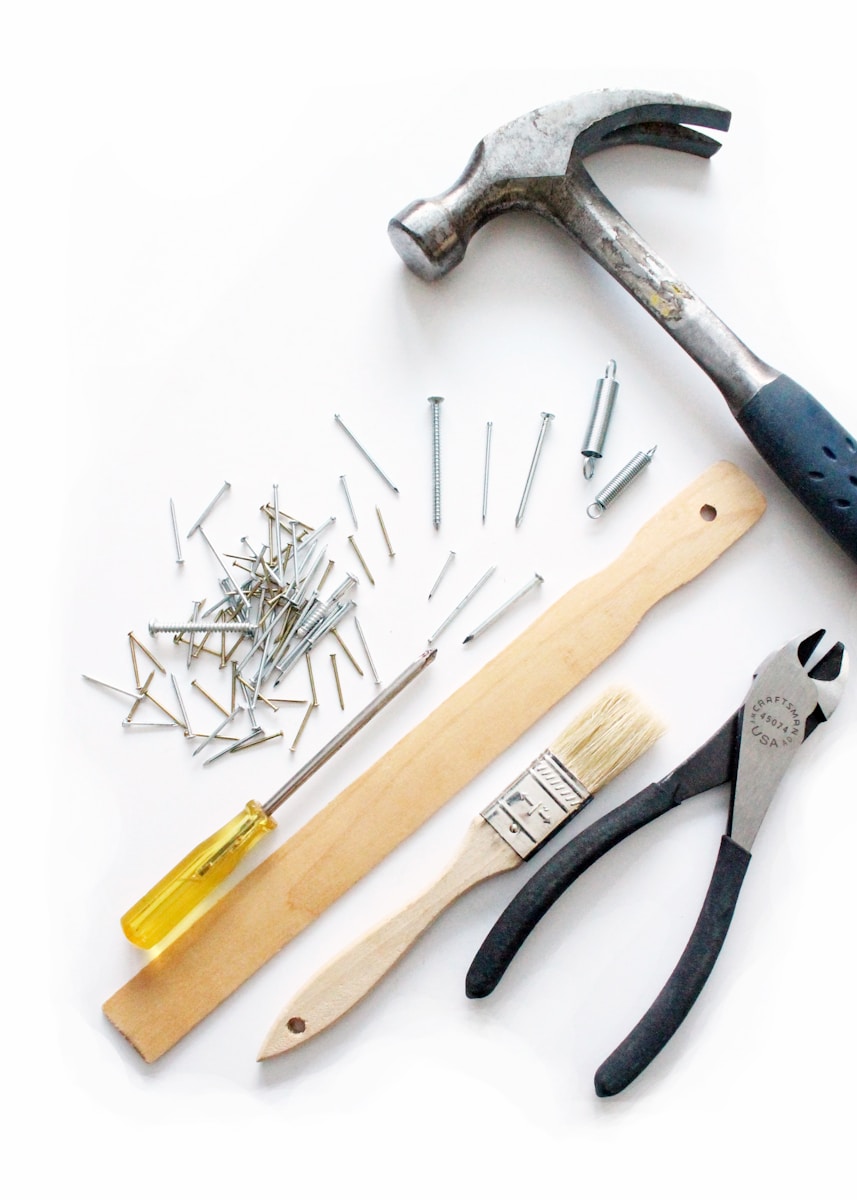Cable assembly is a critical task in electrical engineering, electronics, telecommunications, and a range of industrial applications. It involves preparing, organizing, and connecting wires or cables to ensure effective power or signal transmission. The quality and efficiency of cable assembly significantly depend on the tools used. This essay explores the best tools for assembling cables, discussing their functions, advantages, and why they are essential for professionals and technicians. We don’t recommend doing it yourself, it’d be best to hire a customized cable assembly company.
1. Wire Strippers
Wire strippers are indispensable tools in any cable assembly process. They are used to remove the insulation from electrical wires without damaging the conductors. High-quality wire strippers come with adjustable settings for different wire gauges, ensuring precision and preventing nicks in the wire, which could lead to future faults or safety hazards. Automatic wire strippers offer faster operation, especially when working with large quantities of cables.
2. Crimping Tools
Crimping tools are used to attach connectors or terminals to the ends of cables by compressing and securing them in place. This tool is crucial for creating solid, reliable connections that maintain electrical continuity. Crimping tools are available in manual, hydraulic, and electric versions. For heavy-duty industrial applications, hydraulic or battery-powered crimpers provide greater force and consistency, while hand crimpers are more suitable for small-scale or DIY projects.
3. Cable Cutters
Cutting cables cleanly and accurately is essential in assembly work. Cable cutters are designed to handle different cable types, including copper, aluminum, and coaxial cables. Precision and sharpness are vital features in a good cable cutter to avoid fraying or crushing the wire. Ratcheting cable cutters provide more control and are effective on thicker cables.
4. Soldering Tools
For applications requiring permanent and highly conductive joints, soldering is often preferred. Soldering irons or soldering stations with temperature control allow technicians to melt solder and bond wires and terminals securely. A good soldering tool ensures minimal heat damage to components and provides a clean finish that enhances connectivity and longevity.
5. Heat Guns and Heat Shrink Tubing
Heat guns are used to apply controlled heat to shrink tubing over cable joints, providing insulation, strain relief, and environmental protection. Heat shrink tubing is a standard solution in cable management, ensuring that joints are protected from moisture, dust, and mechanical wear. A reliable heat gun should offer adjustable temperature and airflow settings to accommodate various tubing sizes and materials.
6. Cable Testers
Once cables are assembled, it’s essential to test them for continuity, shorts, or miswiring. Cable testers range from basic continuity testers to advanced multifunction testers that check resistance, signal quality, and pin configurations. These tools are vital for quality control and preventing faults in complex installations like data centers or control panels.
7. Labeling Tools
Clear labeling of cables is crucial for maintenance, troubleshooting, and safety. Cable labeling tools, including handheld label printers and pre-printed tags, help identify cables accurately. This is especially important in large systems where unmarked cables can lead to confusion and errors.
8. Cable Tie Tools
Cable ties (also known as zip ties) are used to bundle and organize cables. Cable tie tensioning tools help tighten and cut the ties efficiently without damaging the cables. These tools ensure neat installations, reduce clutter, and improve airflow in enclosed spaces like server racks.
The effectiveness of cable assembly relies heavily on using the right tools. Wire strippers, crimping tools, cable cutters, soldering equipment, heat guns, testers, labeling machines, and cable tie tools are among the best and most commonly used. Investing in high-quality versions of these tools not only improves the quality and reliability of cable assemblies but also enhances safety and efficiency. Whether in a home workshop or an industrial setting, the right cable assembly tools are essential for success in any electrical or electronic project.
